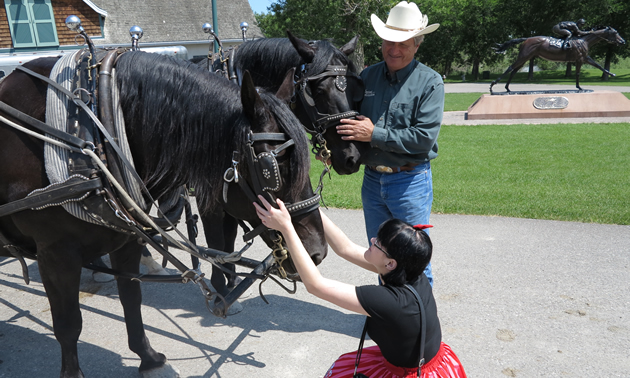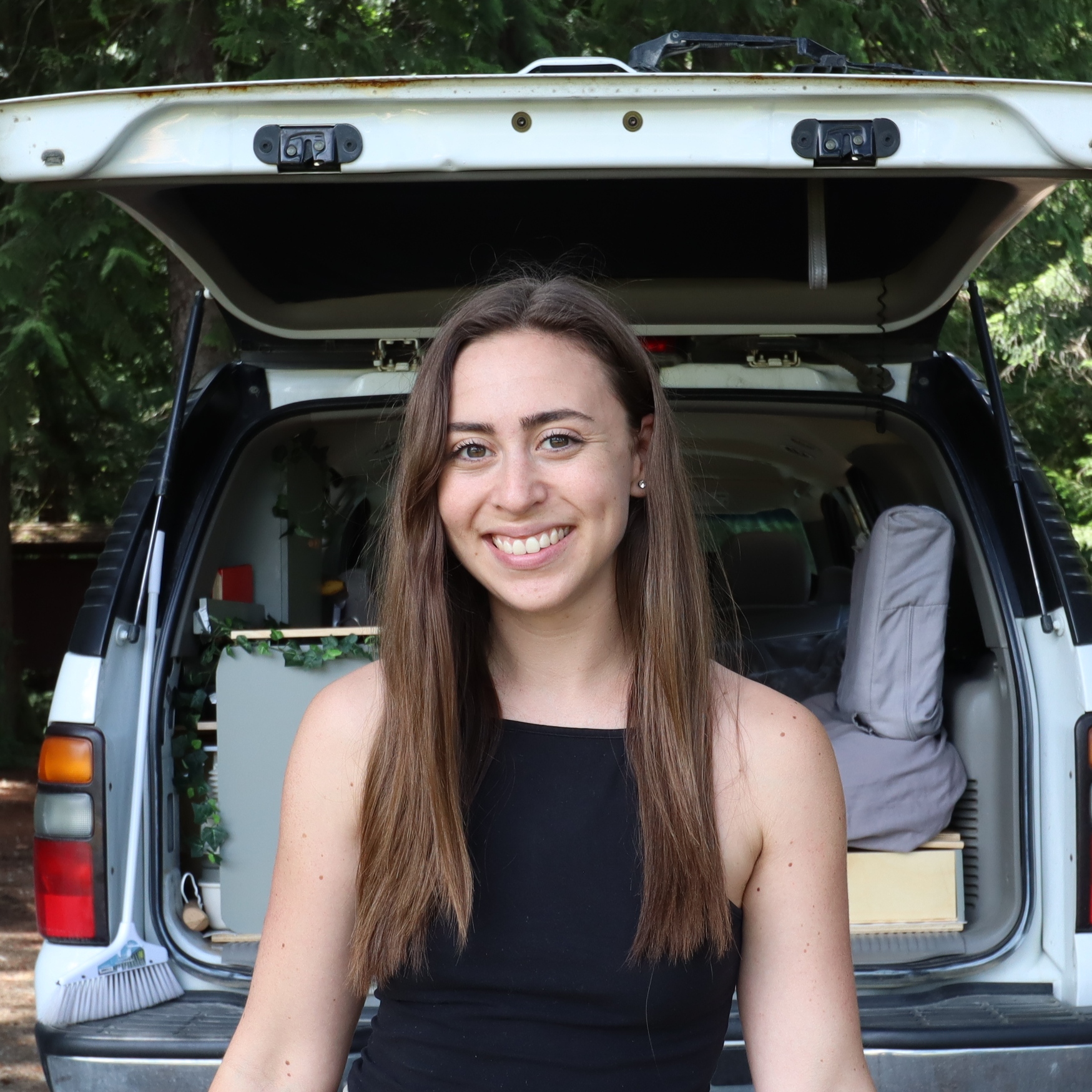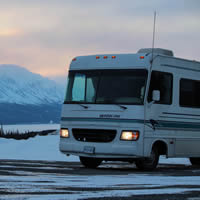The rich history of southern Alberta
Dinosaurs, indigenous peoples and coal miners all made their mark on southern Alberta

Southern Alberta is tamer now than it was in the eras of the dinosaurs, buffalo herds, pioneers and early coal miners, but the history of those times is preserved in several locations.
Natural and aboriginal history
Dinosaur Provincial Park, near Brooks, Alberta, is a UNESCO World Heritage Site that’s perfect for the visitor who wants the experience of researching the remote past. Beginning in mid-May, hikes, programs and bus tours are available for those who want a close look at fossil beds and the southern Alberta badlands where dinosaurs once roamed. Photo opportunities are plentiful and rewarding. One-, two- and three-day guided excavation tours are available for the hands-on fossil seeker.
The Three Rivers Rock & Fossil Museum, located just northwest of Pincher Creek, presents a beautiful collection of 3,500 specimens from around the world. The museum’s owners, Larry and Charlotte Dwyer, have been collectors for some years, and their collection is available for public viewing.
For a closer look at the lives of indigenous people who occupied Alberta’s southern plains through the millenniums, Writing-on-Stone Provincial Park has a treasure trove of petroglyphs and pictographs at more than 50 sites. The abundant sandstone in the area provides a permanent canvas for art created by the Blackfoot and other tribes over the centuries, showing the daily life, culture, spiritual beliefs and history of the population. The rock art is sensitive to erosion and potential vandalism, and is protected by the park’s designation as a National Historic Site.
A destructive force of nature
Just a kilometre or so past the town of Frank, Alberta, the dense coniferous forest lining the Crowsnest Highway is abruptly interrupted by a two-kilometre wasteland of lifeless, ash-coloured rocks—some of them as big as trucks. One hundred and eleven years after a monstrous rockslide, the landscape looks much as it did on the morning of April 29, 1903, after 30 million cubic metres of rock fractured from the face of Turtle Mountain and crashed down on the sleeping mining community.
The Frank Slide was the most destructive landslide in Canadian history, killing at least 90 people; the exact number is still unknown, and most of the bodies could not be recovered. The Frank Slide Interpretive Centre provides a fascinating comprehensive history of the community and the devastating natural disaster that struck it.
Pioneer history
Cardston, Alberta, home of the Remington Carriage Museum, is located about 25 kilometres north of the Canada-U.S. border. The museum boasts the most extensive collection of horse-drawn vehicles in North America; there are more than 250 of them. The collection of wagons, sleighs and carriages occupies 63,000 square feet, along with amenities that include a working stable, fire hall, carriage factory, restoration shop, racetrack, theatre, gift shop, restaurant and interactive displays. Free guided tours are available, as are carriage rides and rentals.
The actual name of the museum in Pincher Creek, Alberta, is Kootenai Brown Pioneer Village. It is named for John George “Kootenai” Brown, who was the creative force behind the establishment of nearby Waterton Lakes National Park in the late 19th century. The pioneer village is a collection of 16 historical buildings—including one of Brown’s residences—that have been restored and furnished. Displays, heritage programs and a tour of the site provide visitors with a realistic idea of the lifestyle of the area around the turn of the 20th century, and an inviting picnic spot on the bank of Pincher Creek is a comfortable place to take a break during the tour.








